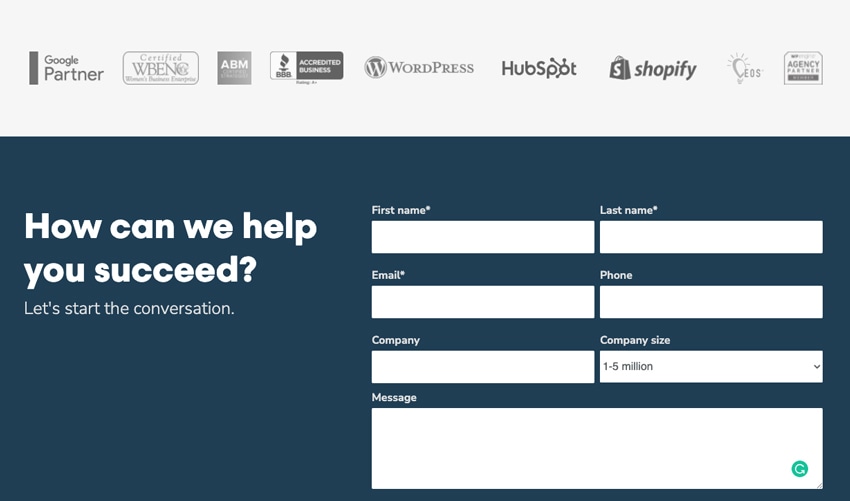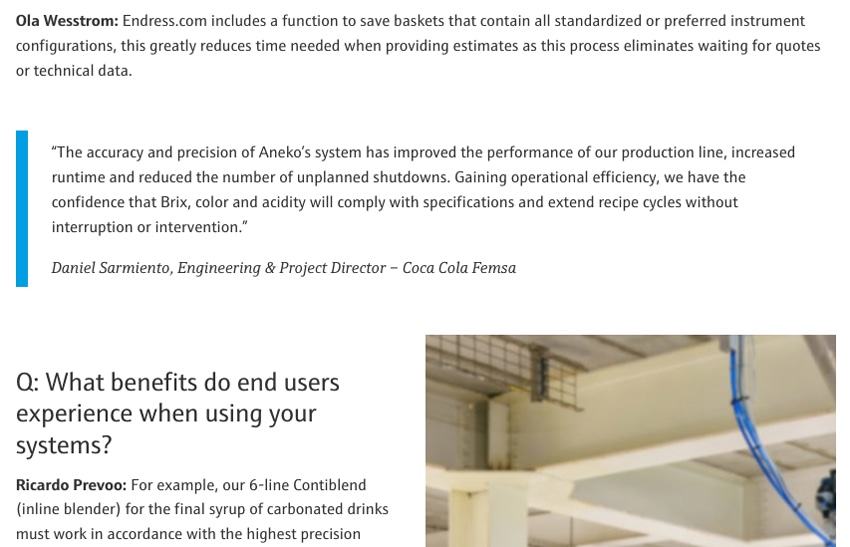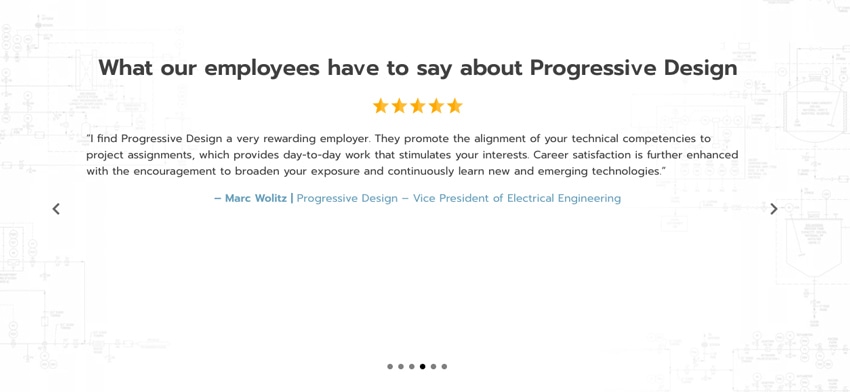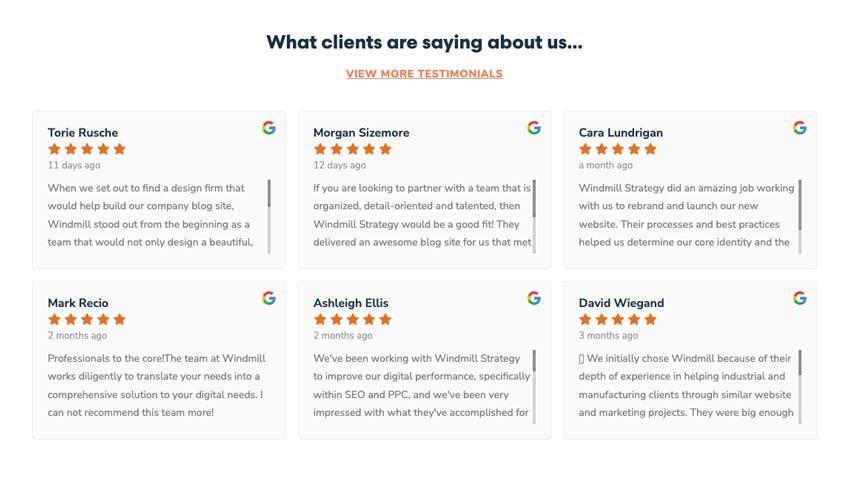How to Display Testimonials on Your Website and Why Including Them is Important

In the B2B world, one of the most effective ways to generate more business is through word-of-mouth referrals and leveraging your network.
An easy way to build this kind of word-of-mouth credibility (also called “social proof”) is by highlighting customer testimonials on your website. This article will review several key benefits of using testimonial content and show examples of different ways to display them on your website.
Reasons to display testimonials on your website
Gathering information to determine whether a person or organization is trustworthy has always been important. The “testimonial” itself dates back at least 600 years. Today, you don’t have to rely on in-person interactions. You can use your website to share testimonials so that everyone has access to information that supports doing business with your company. Testimonials are powerful tools because:
- They build trust and credibility for your company.
- They can be used as a vehicle to explain specific aspects of your products or services.
- They tell a story about your company that allows potential customers to emotionally connect with your brand.
Take a look at some of these statistics supporting the idea that displaying testimonials on your website goes a long way towards building trust and credibility for your company:
- 92% of consumers read online reviews before buying (Big Commerce)
- 72% say positive testimonials and reviews increase their trust in a business (Big Commerce)
- 70% trust reviews and recommendations from strangers (Nielsen)
We know that testimonials are a valuable way to encourage customers to trust your brand. They are also a great way to communicate details about your products and services to potential customers without coming across as overly salesy. To make the most impact with your testimonials, take a storytelling approach. If you hear certain questions coming from your customers over and over again, having them speak to that question and discuss how it was answered can make for a powerful testimonial and give your potential customers—who are probably struggling with the same question—confidence in your ability to meet their needs.
Before including a testimonial, whether it’s simply displaying a logo or it’s a full testimonial or case study, permission should always be gathered from the client to do so (unless it’s already noted in a contract that permission is granted as part of working together).
Easiest ways to include testimonials: logos and brief statements
There are several ways to gather and display testimonial content. A low-stakes method that requires little effort is to display the logos of your clients and partners on your website. If you are just starting to think about putting together testimonial content on your website, this is a quick way to build trust with your site visitors without having to solicit written testimonials.
Client and partner logos are displayed on many websites. It’s a simple way to establish trust at a glance based on your site visitor’s positive association with that company. A benefit of this method is that most customers and partners will be happy to have their logo shared and also happy that they aren’t being asked to write up a full testimonial. Here are two examples of this method—including from our own Windmill Strategy homepage.


Another relatively simple way to include testimonials on your website is to incorporate one or two sentences on various pages. These one or two-sentence testimonials are fairly easy to compile. Oftentimes you can look through past correspondence with your customers and pick some choice phrases to highlight as testimonials on various pages of your website, including the homepage and pages that highlight specific industries, products or services. If possible, include a headshot photo of the individual providing the testimonial. This adds another layer of credibility and trust.
These brief testimonials can be project-specific, or more general to your entire company. Take a look at the following examples:



More work, but worthwhile: case studies and third-party reviews
Dedicated case study pages and third-party review systems are two powerful ways to include testimonials on your website. Dedicated case study pages with testimonials embedded in them give you the opportunity to explain your work with satisfied customers from start to finish. This allows you to show off all the facets of your work and where you succeeded. Inserting testimonials into the case study strengthens its message.
Here’s an example of a case study with a testimonial:

If possible, create video case studies with embedded testimonial content. Some interesting video statistics:
- Two-thirds of consumers say they’re more likely to make a purchase after watching a testimonial video demonstrating how a business, product or service helped someone like them. (Wyzowl)
- 79% have watched a video testimonial to learn more about a company, product or service (Wyzowl)
Another method of including testimonials on your website is to use third-party review systems, such as Google or Clutch, a B2B resource. While soliciting reviews through an affiliate program or third-party system like Google can be time-consuming, it can also be very worthwhile. Take a look at more of these statistics:
- Websites using testimonials saw a 45% increase in traffic compared to those that didn’t use testimonials (Yotpo)
- Including 10 or more reviews increased traffic 15–20% on Google Business listings (Big Commerce)
- Boosting star ratings from 3 to 5 stars can increase clicks on Google up to 25% (Bright Local)
At Windmill, we asked our clients to use Google to write reviews about us. We display them on our About Us page, as shown below. If you use this technique, snippets and star ratings from a few reviewers will also show up in your Google Business Profile.

Depending on your business, the structure of your website and how much time you have, you might decide to use any or all of the approaches described above to display testimonials on your website. If you don’t have any on your website currently, adding some should be a top priority, even if the first step is simply adding customer or partner logos. If your site includes testimonials, but you haven’t added any new ones in a year or more, reaching out to recent customers for fresh material is a good ongoing practice to incorporate into your B2B marketing.


